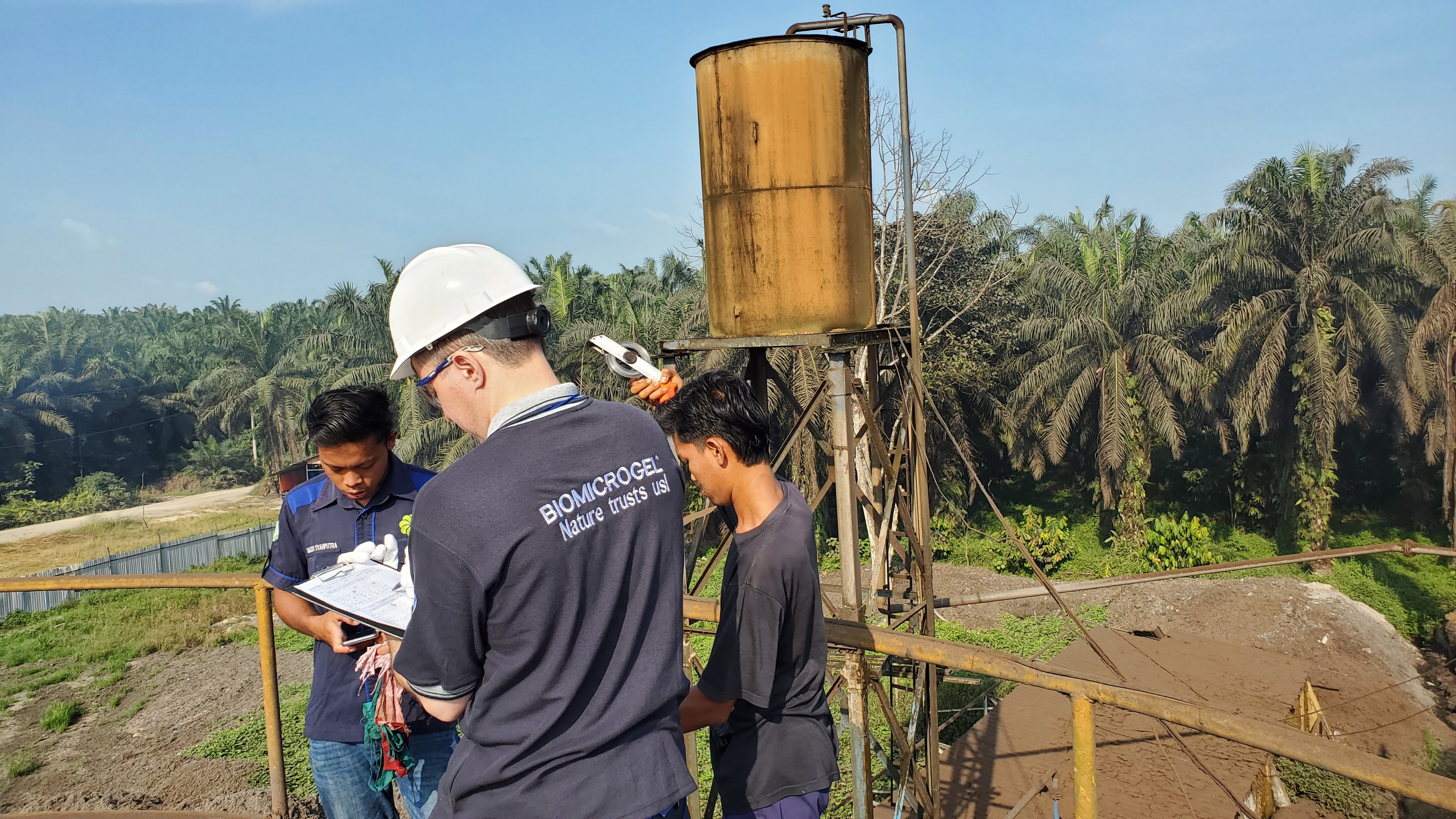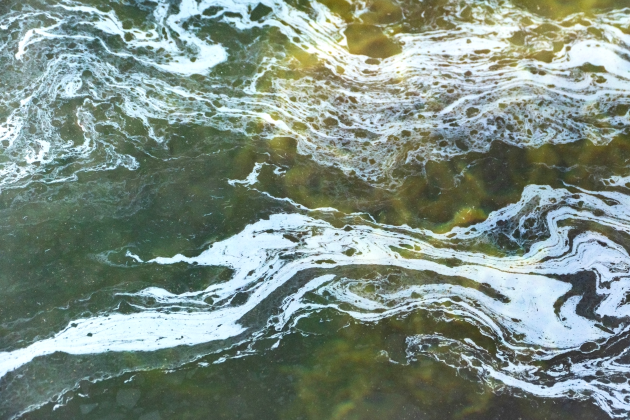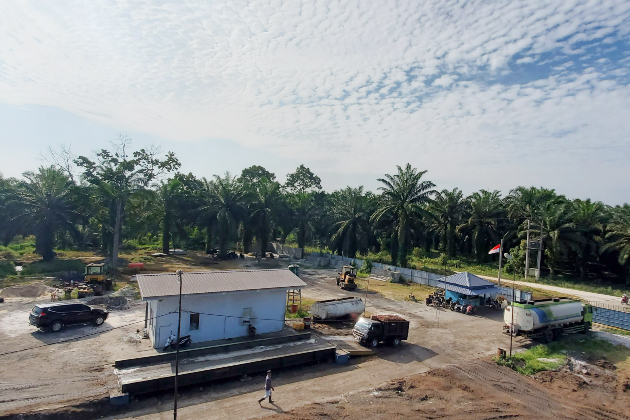Flotator for wastewater treatment
To remove various contaminants from the effluent, different equipment is used, including a flotator.
The principle of operation of the flotator
With the help of air micro-bubbles flotator separates suspended particles, oil products, fats from water.
Let's consider the stages of flotation, universal for any type of flotation unit:
-
The effluent is fed into the flotation chamber.
-
Air micro-bubbles are formed and fed into the chamber.
-
Contaminants adhere to the bubbles, which lift them to the water surface.
-
A scraper conveyor belt collects them in a sludge collector.
-
The treated effluent is discharged from the flotator and goes to the next stage of treatment.
In pressure flotators, part of the treated water is pumped back into the saturator, a device that creates microbubbles.
Types of flotators
Flotation units can be different in design and the method of formation of air micro-bubbles.
By design
-
In single-chamber units, air is fed into the water and the flotation sludge is lifted in one tank.
-
In two-chamber units, bubbles and flotate sludge are formed in the receiving tank and float to the surface in the settling tank.
-
In a multi-chamber unit, the liquid undergoes several stages of treatment, which increases the quality of its purification. Flotator of such device is used for treatment of heavily contaminated wastewater, including that containing oil products.
According to the method of microbubble formation
Mechanical flotator forms bubbles with the help of mechanical devices. For example, with an impeller unit: rotating, the impeller blades mix air with the effluent and form a water-air mixture. The eddy currents then break it up into micro-bubbles.
This type of unit is suitable for cleaning effluent that is saturated with gas and prone to foaming. Mechanical flotators are not common because it is impossible to use reagents with them to improve the quality of treatment.
Pressure flotators are the most common type of wastewater treatment unit. They form microbubbles due to a sharp change in pressure: in the saturator it is created and maintained in the range of 4-6 bar, and in the flotation chamber it is atmospheric.
The electroflotator forms microbubbles during electrolysis. A direct electric current is passed through the water to be treated and air bubbles are formed on the electrodes.
Electroflotators are used when there is no possibility to use a pressure flotation unit, for example, when the temperature of wastewater is above 40°C. But they have disadvantages - the cost of installation and high costs for its maintenance and electricity.
Reagents for flotation units
Flotation by itself cannot remove colloidal particles from the water. Their size is too small, so they do not adhere well to air bubbles. Such particles need to be collected in larger aggregates. To do this, the effluent is first treated with a coagulant, which collects colloidal particles into flakes. Then - flocculant, which combines the flakes into large and stable floccules.
Coagulation as an example of water treatment for coolants and petroleum products: Coagulant BMG- P2 forms flakes in less than a minute
We talked more about the coagulation process in the article "Coagulants: What they are and how they work" and about flocculation in "Flocculants: What they are and how they differ from coagulants".
To create optimal conditions for coagulation and flocculation, acids and alkalis are added to the liquid to be cleaned to adjust the pH value.
Coagulation and flocculation do not take place in the flotation unit itself, but in a tube flocculator - a block of pipes attached to a frame. The liquid is then fed into the flotator.
Reagents and their dosage are selected depending on the type of equipment, composition of contaminants, quality requirements for cleaning and economic opportunities of the enterprise.
Pros and cons of flotation devices
Pros:
-
Versatility. The flotation method of water purification allows you to simultaneously remove different types of contaminants: oil products, suspended solids, fats.
-
Do not require significant capital expenditures.
-
Compactness in comparison to other types of equipment, for example, radial sumps.
Cons:
-
Need to select the right dosage of coagulant and flocculant so that the flakes formed are not too small and can stick to the bubbles. But also not too large so that the microbubbles can lift them to the surface.
-
Not suitable for removing water-dissolved contaminants such as salts.
Conclusion
Flotation is an alternative to sedimentation that helps cleanse water of impurities faster and better. The essence of flotation is the separation of impurities from water using microbubbles of air.
Flotation units differ in design and how the microbubbles are formed. The most common type is the pressure flotator, which forms bubbles with the help of a saturator.
To improve the quality of treatment, the effluent is treated with coagulants and flocculants before flotation. This is especially important if the water has colloidal impurities that are too small to stick to the air bubble. Coagulation collects the colloids into flakes and flocculation makes them large enough for the flotation process to be successful.




